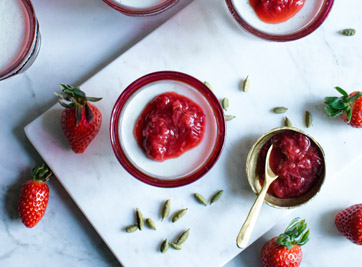
Identifiers
INS No. 129
FD&C Red No. 40
E129
CI Food Red 17
CAS No. 25956-17-6
Physical Description
Allura red occurs as a red-brown powder or granule. It is a monoazo dye, consisting mainly of disodium 6-hydroxy-5-(2-methoxy-5-methyl-4-sulfonato-phenylazo)-2-naphthalene-sulfonate and subsidiary coloring matter together with sodium chloride and/or sodium sulfate as the principal uncolored components and may be converted to the corresponding aluminum lake.
Common Uses
Allura red can be used for coloring food, drugs, and cosmetics, including beverages, frozen treats, powder mixes, gelatin products, candies, icings, jellies, spices, dressings, sauces, baked goods and dairy products.
Specifications
Codex GSFA Provisions
Allura red AC (INS No. 129) is added to foods and beverages at concentrations up to a maximum permitted level (MPL) as adopted by the Codex Alimentarius Commission. There are more than 50 food categories for which MPLs for Allura Red have been adopted in the General Standard of Food Additives.
Regulatory Approvals
Safety Reviews
Lack of genotoxicity in vivo for food color additive Allura Red AC, Food & Chemical Toxicology, 2017. Available online
Safety evaluation of certain food additives (82nd Meeting of the Joint FAO/WHO Expert Committee on Food Additives) WHO Food Additives Series No. 73, 2017. Available online
EFSA ANS Panel (2009) Scientific Opinion on the re-evaluation of Allura Red AC (E 129) as a food additive. EFSA Journal, 7(11), 1327-66. Available online